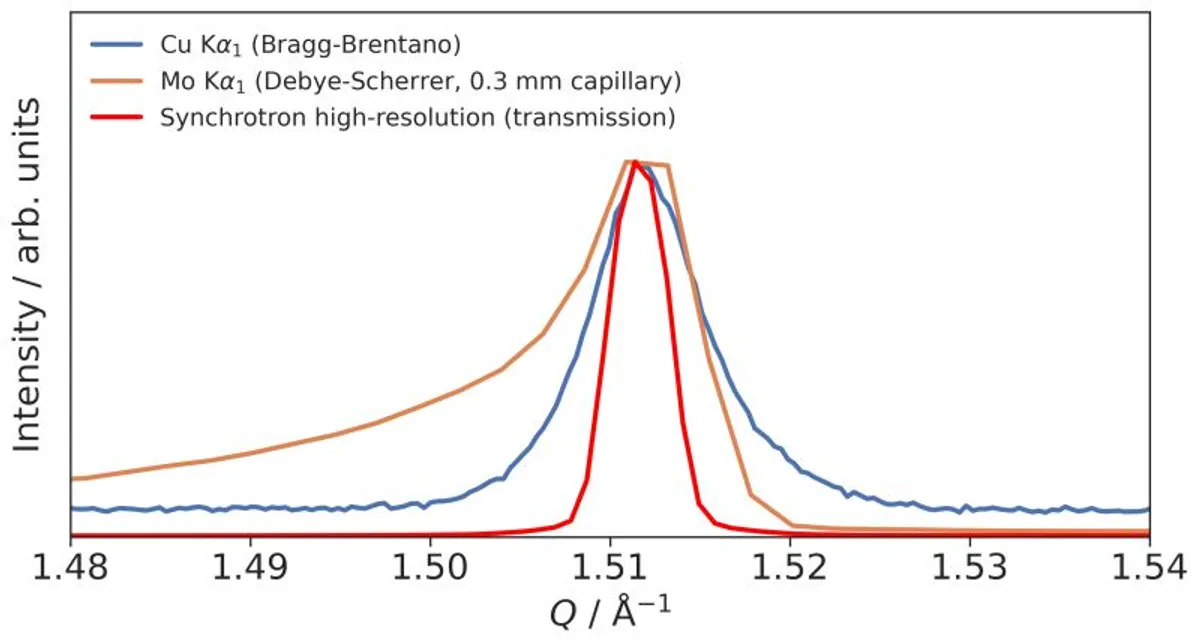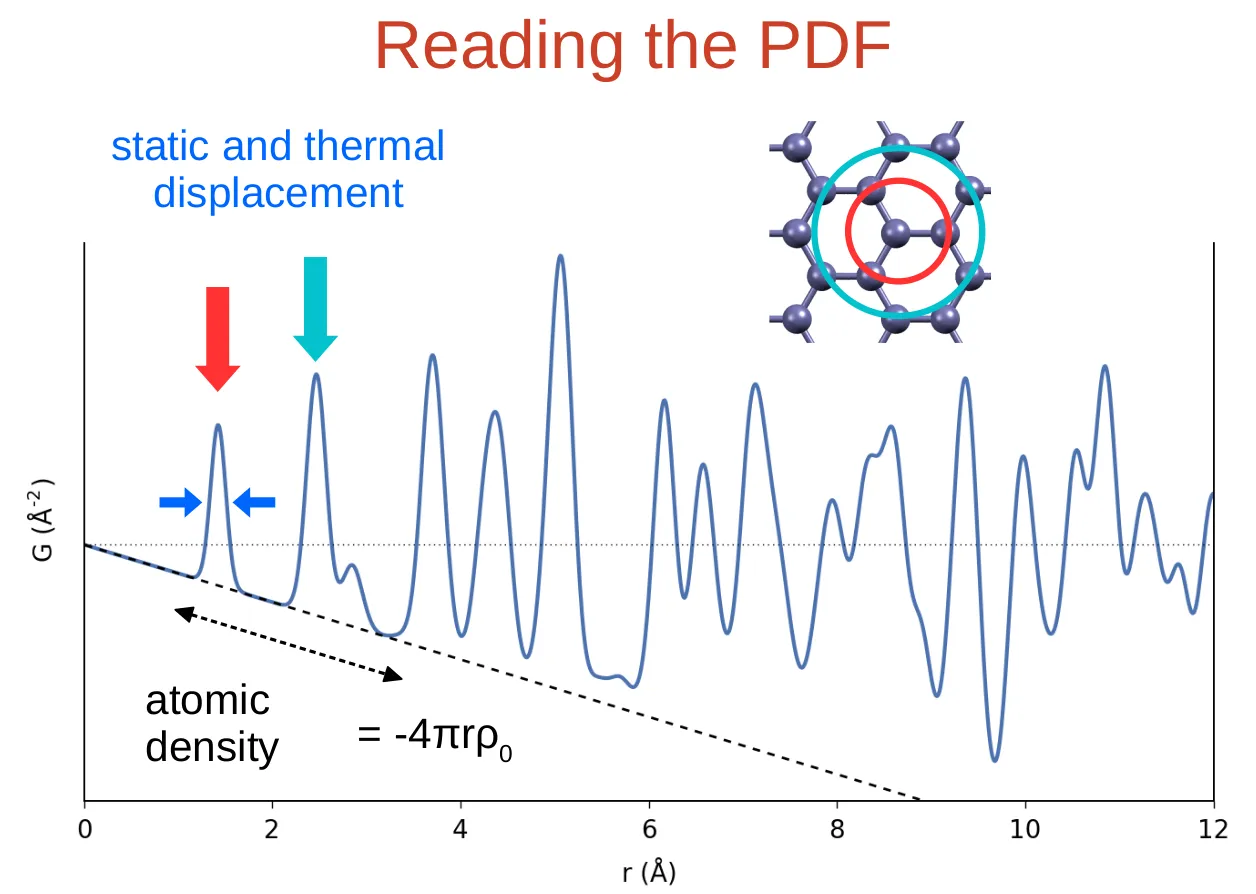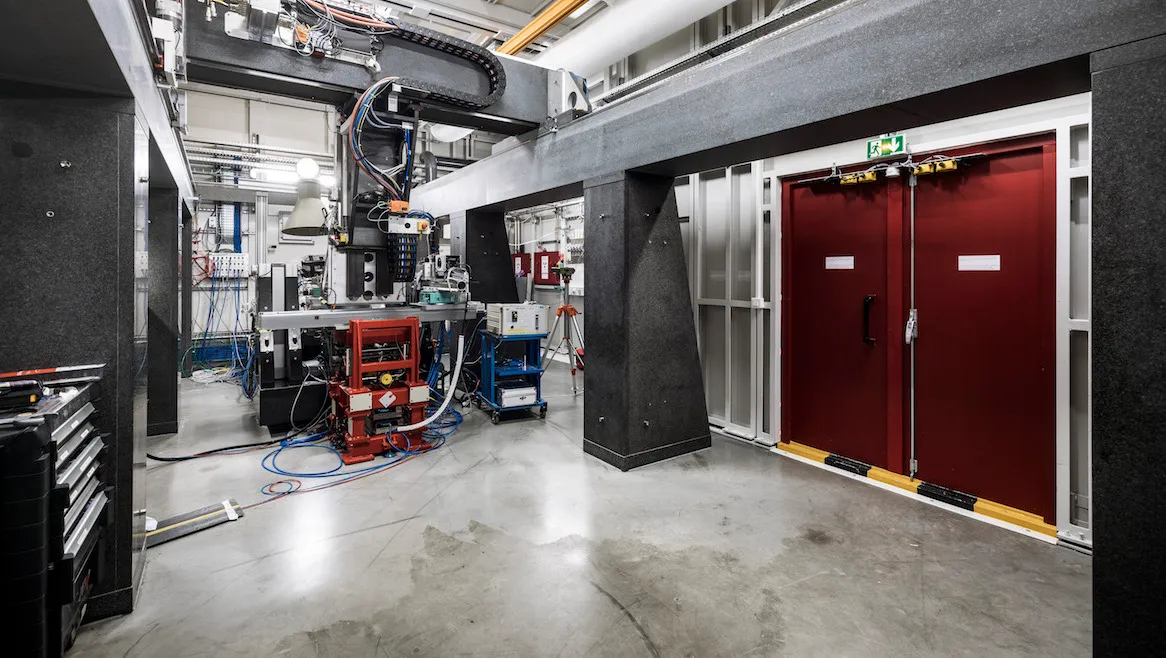Getting a clear picture of material structure requires a good distinction of all the effects that cloud it.
With X-ray diffraction, this means separating effects from the beam, detection system, and instrumental setup that all convolute the signal.
This requires quite a bit of work when analyzing your data, and ultimately still diminishes the quality of the target information.
With synchrotron X-rays come more possibilities to minimize these effects — making it possible to clear the fog before starting your journey.
For this reason, we carefully consider these effects in our high-resolution XRPD measurements setup, to achieve a signal with extremely good peak resolution, negligible noise, symmetric peak profiles, reliable peak positions and low background
-
Phase identification and indexing rely on accurate peak positions and low overlap.
-
High-quality microstructure analysis (size & strain) requires minimal instrumental effects on peak profile.
-
Lattice parameter and bond distance determination improve with low noise and high angular fidelity.
-
Data analysis is easier and more reliable. A comparison to the profiles for good laboratory data demonstrates the benefits of a proper high-resolution measurement.
Ultimately, we hope to minimize ambiguities remaining during detailed analyses. This can also help reduce the need for duplicate measurements (e.g. with different capillary sizes, source radiations, or counting times), leaving more time for analysis of the data.

 Dr. Maxwell Terban
Dr. Maxwell Terban 


